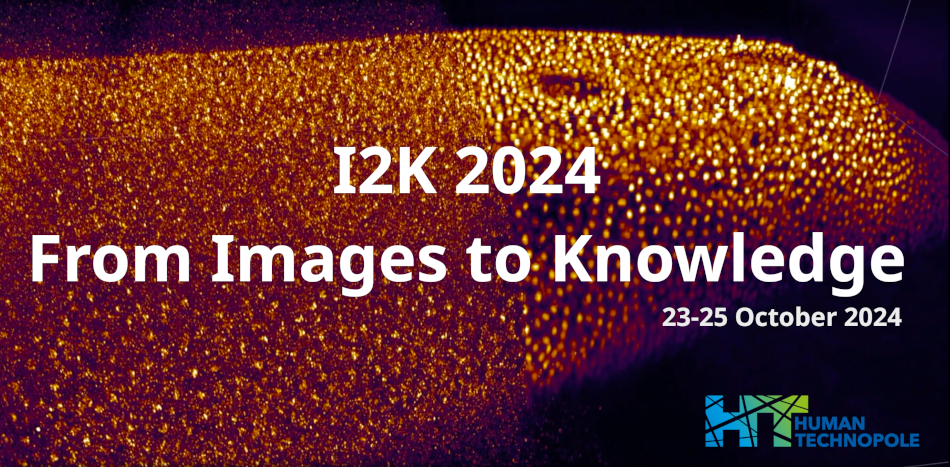Speaker
Description
Measuring the quality of fluorescence microscopy images is critical for applications including automated image acquisition and image processing. Most image quality metrics used are full-reference metrics, where a test image is quantitatively compared to a reference or ‘ground truth’ image. Commonly used full-reference metrics in fluorescence microscopy include NRMSE, PSNR, SSIM and Pearson’s correlation coefficient, as these are used for image quality assessment in computer vision applications. However, fluorescence microscopy datasets have significantly different characteristics to images used in other computer vision applications (‘natural scene’ images), including differences in information density, bit depth and noise characteristics. Here we discuss the sensitivity of NRMSE, PSNR, SSIM and Pearson’s correlation coefficient to fluorescence microscopy-specific features and how these can bias quality assessment. As image quality is important for downstream analysis, these metrics are often used as a proxy for how accurately biological information can be retrieved from images. However, by correlating metric values with downstream biological analyses, we show that this is not necessarily the case, and provide insight into how, when, and indeed if these metrics can be reliably used.
| Authors | Andrew Gunawan, Richard Marsh, John Lock, Susan Cox, Siân Culley* |
|---|---|
| Keywords | Image quality assessment, fluorescence microscopy, metrics |

